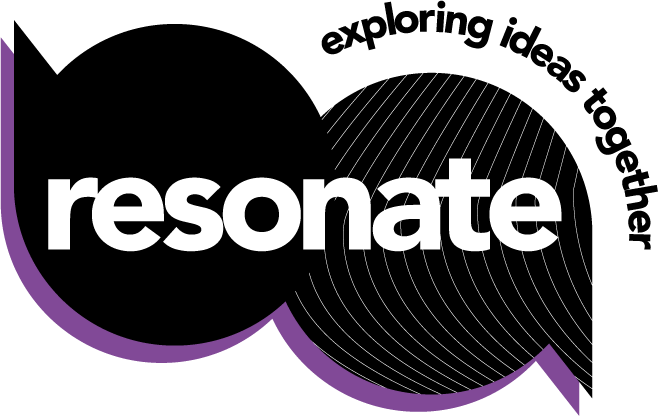What is Culture and why do we study it?
In this reflection on our Culture Cycle activity from the summer, Warwick student Nikita Asnani considers how culture is implemented in a University and some of the opportunities it creates for research, teaching and learning.
As a kid, do you remember being in awe of a barista as they gently swirled in layers of milk into the expresso at the base of a cup, creating the most eye pleasing cappuccino latte art. I’m sure I did! How brilliant is it that they are so skillfully tuned to creating the best designs, be it as simple as a wheat spike or as complex as the Eiffel tower, by understanding the magic that can happen at the point where the base and the layers meet. The role of culture in research at Warwick is akin to this middle layer where the base and layers meet-it is truly where the real magic happens.
I believe that that quality of research and innovation can be improved by tapping into culture, co-creation, collaboration.
Co-creation is at the heart of a culture inclusive leadership. It is about building strategic partnerships using cognitive diversity with an intent of understanding student experiences and bridging the gap between needs of the staff and f students.
For instance, Inspired by the ‘Say My Name research’ on the importance of names in building inclusive communities, local Coventry music producer, Verity Pabla and her team created a liquid drum and bass track ‘From Afar’. As Co-Creation Officer of the Say My Name Project at Warwick, I helped design a blurb and a website for a Remix contest for school and college pupils in Coventry, so they could engage with it and see its creative vision of celebrating individual identities.
Collaboration involves using a wide range of mediums beyond forms and surveys to keep the conversation going between and across members of staff and students . As part of the Slice of Science event spearheaded by Warwick Enterprise and Engineering to showcase women in STEM, I organised a Sustainability themed workshop for young changemakers I brought to life science and sustainability through interactive workshops and an inspiring presentation for families with young children – an intergenerational learning approach and to excite them with little titbits on how to become more sustainable. The event included tabletop science demonstrations to enjoy: top trumps, up-cycling plant pots, designing your own sustainability superhero, sustainability donut engineering, and a sustainability pledge tree, with prizes given away for the best superheroes and donuts!
It is imperative that we look at people, places, and the planet in research through an intersectional lens, as factors influencing each other directly and indirectly, through complex, intertwined webs of loops and nodes weaving through and feeding into one another. Culture helps us do exactly that- it is the string tying together the first two C’s of Co-creation and Collaboration. It helps universities create a community of students that feel engaged and empowered in the real world.
Culture is different things to different people. I am very fond of using different mediums (writing, painting, speaking, podcasting, delivering workshops, etc.) to explore intersections between themes of mental health, sustainability, wellbeing, self-love and self-expression from a feminist and person of colour perspective. So, to me, culture is community- a community of joy and lifelong learning.
At Warwick, culture in research and innovation has helped me zoom in on understanding what our mediums and channels of change are. Furthermore, it has allowed me to reflect on how we can go from building new curriculum to building new cultures, or alternatively how can curriculum be a cross path to cultivating new cultures.
The role of culture in research focuses on reflection and education; it emphasizes on progress not perfections. It is a very iterative process that involves empathizing with users who the research intends to study or better understand. The aim of the 3Cs is to lead to clarity and confidence in research outcomes, which in turn forma a larger, more solid framework of 5Cs, that in my opinion can be very useful in guiding educational strategy in the UK and beyond.
In other words, it helps us move from narrow to broad learning environments at University, which in turn helps foster innovation that is kind and human-centric rather than one that is stifled and amass with wicked problems[1]. (Kindnovate, 2022)
What is culture to you?
[1] Wicked problems are highly complex, deeply rooted systemic challenges that often go unseen in the process of ideation, only to surface later during implementation and testing. More often than not, they don’t have a single, clear cause pathway and/or solutions



